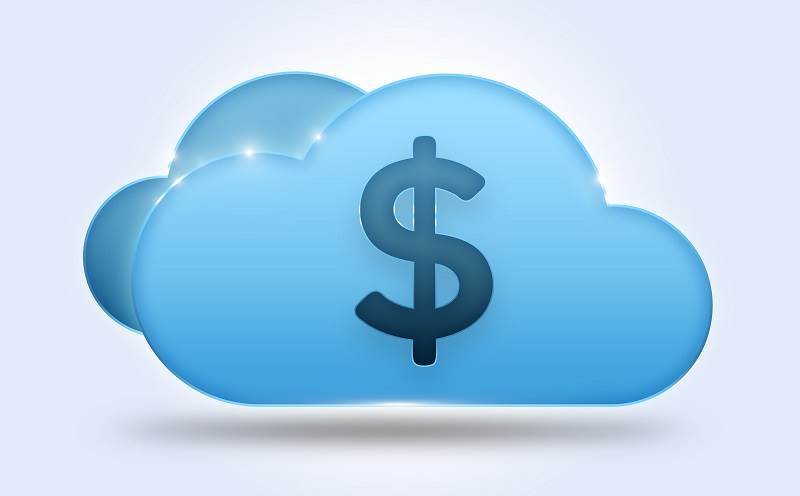
Planning to migrate to the cloud? Make sure you proceed carefully.
As you may know, migrating to the cloud changes cost structure from capital expenditure to operational expenditure. Since a majority of cloud infrastructure is priced on a pay-for-what-you-use basis, anticipating all the costs for migrated services is essential.
To help you anticipate the cost, most cloud providers offer a pricing calculator. This tool will do a few things for you, each of which can help you to better manage costs:
- It provides a better understanding of estimated costs for a particular workload.
- It provides an opportunity to review different approaches to application architecture.
- For PaaS solutions, it helps ensure that virtual machines are properly sized or suggests cloud native alternatives (for example, moving a database from a customer-managed virtual machine to a vendor-managed service).
Once you have cost estimates in place, the next step is to create one or more budgets with set spending thresholds (for example, 50%, 80%, 99%, etc.). Budgets can be scoped in several different ways:
- Grouped by application / service
- Grouped by business owner
- Overall cloud spend
Make sure you review and adjust your budgets as you grow your cloud presence. Each will help tell a story around the services offered and the demand on those services. The review should extend to architecture of those services as well.
For example, instead of running static websites on dedicated virtual machines (per-CPU cost), consider running the same websites serverless (per-event cost) to save on compute cost.
Next, create time-based reports to perform cost analysis. Monitoring your cloud spend over days, months, quarters, or even years will provide better insight into the true cost of offering a particular service.
Make sure you generate and review trending reports at least weekly. Additionally, configure billing alerts to notify your team of any cost spikes or triggered thresholds.
Finally, cloud providers offer metadata tagging to more directly associate specific costs with the delivery of specific services. As you create cost analysis reports, tags provide additional metadata to enable more granular details on cloud resource utilization.
The combination of these strategies can help paint a better picture of your cloud journey. If you find that you need a trusted advisor to help along the way, reach out to the IT Solutions team at LRS.
Scott Perkins is a Cloud Architect with LRS IT Soltuions. He's been with LRS for 10 years and has experience in many areas of computer technology and networking.